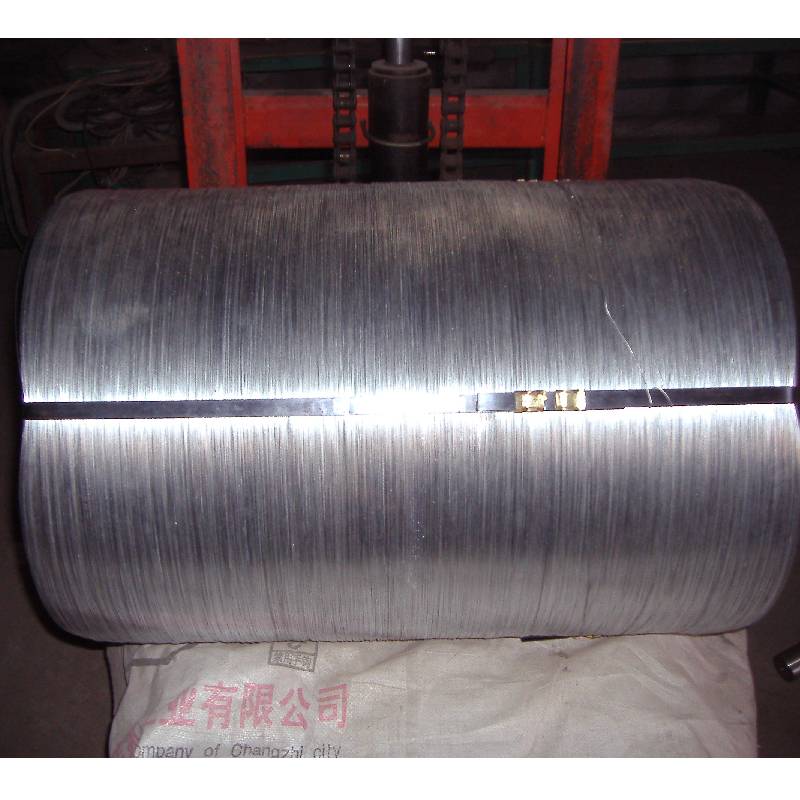
- Mobile Phone
- +8613931874955
- sales@cntcmetal.com
cavity wall ties spacing
Understanding Cavity Wall Ties Spacing
Cavity walls are an essential component in modern construction, especially in regions with varying weather conditions, as they provide excellent thermal insulation and moisture control. One critical aspect of constructing cavity walls is the correct spacing of wall ties, which are essential for maintaining structural integrity and ensuring that the two skins of the wall (inner and outer leaves) work together effectively. This article will delve into the importance of cavity wall ties, factors that influence their spacing, and the general guidelines that builders should follow.
What Are Cavity Wall Ties?
Cavity wall ties are metallic connectors that link the inner and outer leaves of a cavity wall. Their primary function is to stabilize the wall, providing tensile strength and preventing the outer leaf from moving independently from the inner leaf. This is particularly crucial during extreme weather events or when the building settles over time. Properly installed wall ties ensure a robust structure by transmitting loads between both wall leaves, which helps to manage any differential movement.
Importance of Proper Spacing
The spacing of cavity wall ties is vital for several reasons
1. Structural Integrity Adequate spacing ensures that the wall maintains its stability and resilience over time, preventing structural issues such as cracking or bulging. 2. Moisture Management Wall ties help prevent moisture from penetrating the building. Properly spaced ties allow for adequate drainage within the cavity, preventing water accumulation behind the wall surfaces. 3. Thermal Performance Correct spacing contributes to improved insulation performance by minimizing thermal bridging, which can occur if ties are incorrectly placed. 4. Regulatory Compliance Building codes and standards often specify the required spacing for wall ties, ensuring safety and structural soundness.
Factors Influencing Spacing
cavity wall ties spacing

Several factors influence the recommended spacing of cavity wall ties, including
- Type of Building The design and height of the building may dictate different tie spacing. For example, a taller building may require more frequent ties to manage increased wind loads. - Material The materials used for both the inner and outer leaves can affect the choice and spacing of wall ties. Different materials have different strengths and characteristics, influencing how ties should be designed. - Environmental Conditions Local climate conditions, such as wind speed, seismic activity, and moisture levels, should be taken into account when determining wall tie spacing.
General Guidelines for Spacing
While specific requirements can vary based on local building codes and the structural specifics of each project, general guidelines for cavity wall ties can be summarized as follows
1. Vertical Spacing Wall ties should typically be installed at a height of 450mm to 600mm vertically and within 300mm of the top of a cavity wall. 2. Horizontal Spacing Horizontal spacing should generally not exceed 900mm, with ties installed at regular intervals to ensure adequate support. 3. Installation Technique Ties should be installed at a slight angle to ensure that they do not interfere with water drainage within the cavity and should be anchored securely to both leaves.
4. Frequency of Installation As a rule of thumb, the frequency of ties should be determined based on the building's height and the materials used, with recommendations typically ranging from one tie for every square meter of wall area.
Conclusion
The proper spacing of cavity wall ties is a crucial aspect of building construction that plays a significant role in ensuring structural integrity, moisture management, and thermal efficiency. Builders and architects must adhere to established guidelines and local building codes to ensure safety and longevity in their structures. As technology and building materials continue to evolve, ongoing education and adherence to best practices in cavity wall tie installation remain essential for successful construction projects.
share:
-
Why Sacrificial Formwork Is Redefining Underground ConstructionNewsJun.06,2025
-
The Structural Dynamics of Modern Concrete: How Snake Spacers Revolutionize Flexible ReinforcementNewsJun.06,2025
-
Snake Spacers Smart-Lock Concrete Reinforcement with Surgical PrecisionNewsJun.06,2025
-
Snake Spacers: Reinforcement Precision for Modern Concrete ProjectsNewsJun.06,2025
-
Snake Spacers Powering Concrete's Structural DNANewsJun.06,2025
-
Slither into Success: Snake Spacers' Precision Bite for Unbreakable ReinforcementNewsJun.06,2025
-
Sacrificial Formwork: Building Stronger, Faster, and Safer StructuresNewsJun.06,2025



















